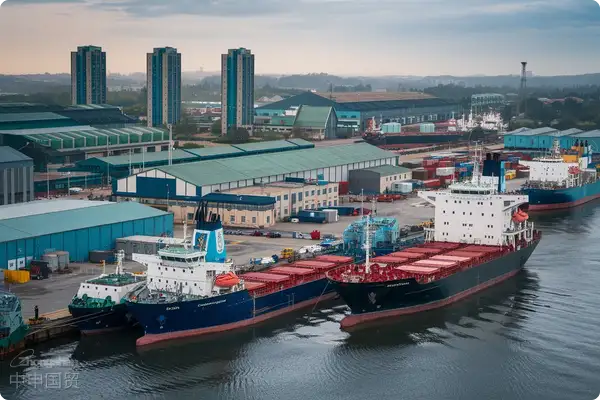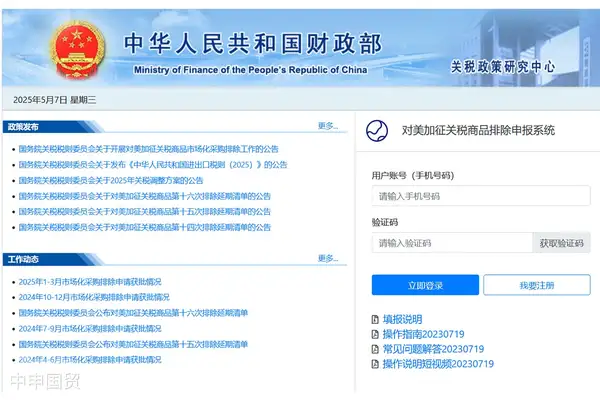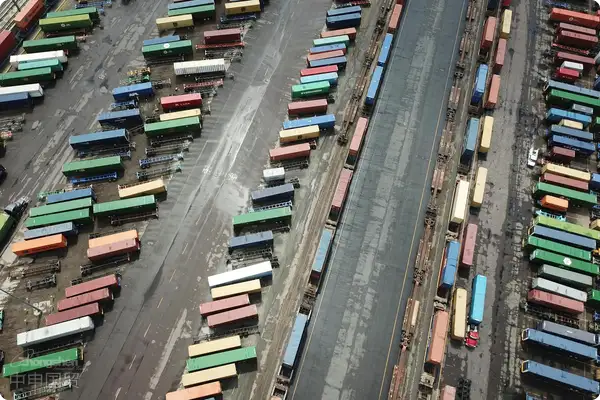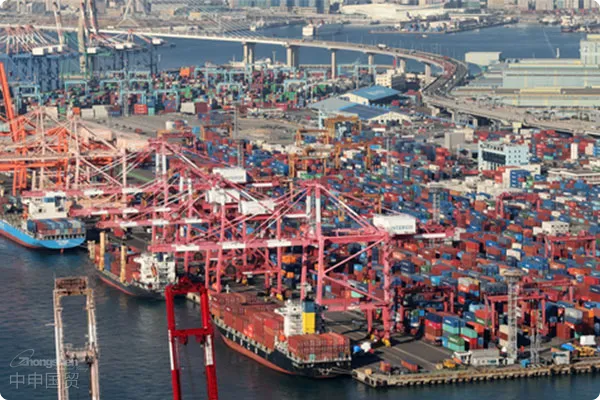- Shanghai Zhongshen International Trade Co., Ltd. - Two decades of trade agency expertise.
- Service Hotline: 139 1787 2118
For enterprises preparing to export products to overseas markets, understanding the destination countrys laws and regulations, labeling requirements, testing standards, and customs clearance procedures is key to successful export. Taking Thailand as an example, as an important trade hub in Southeast Asia, its unique import trade management system poses challenges for enterprises entering this market for the first time.
I. Overview of Thailands Import Trade Legal System
Thailand has a comprehensive import trade legal system, including the Export Promotion Act, the Export and Import Goods Act, the Regulations on the Export of Certain Goods, the Export Goods Standards Act, the Trade Competition Act, the Anti-Dumping and Countervailing Act, the Customs Act, and the Import Surge Safeguard Measures Act, among others. These laws aim to protect competition, maintain the orderly development of the market economy, and enhance consumer welfare. For example, the Trade Competition Act ensures fair competition in the market by opposing and penalizing anti-competitive behaviors.
II. Detailed Explanation of Thailands Import Trade Management System
Import Management:Thailand implements a free import policy, and any qualified importer can engage in import activities. However, certain products, such as those related to public safety, health, and national security, are subject to import bans or require import licenses. Additionally, Thailand imposes tariff quotas on some agricultural products, but this measure does not apply to imports from ASEAN member countries.
Product Packaging and Labeling Regulations:According to the revised version of the Consumer Protection Act, all regulated product labels must include the product name, the name and registered trademark of the manufacturer or importer, the country of origin, the place of sale, product dimensions, intended use, usage instructions, warnings or precautions, manufacturing date, expiration date or best-before date, and price, among other information. Furthermore, the content on the label must be clearly visible, with font size relative to the label area, ensuring easy comprehension by consumers.
Standards for Textiles, Toys, and Other Plastic Products:The Thai Industrial Standards Institute (TISI) is responsible for formulating and implementing national standards for textiles, toys, and other products. For example, textiles must comply with the TIS 2231-2550 (2007) standard for the safety of harmful dyes and chemicals in textiles, while toys must adhere to the relevant requirements under the Industrial Product Standards Act.
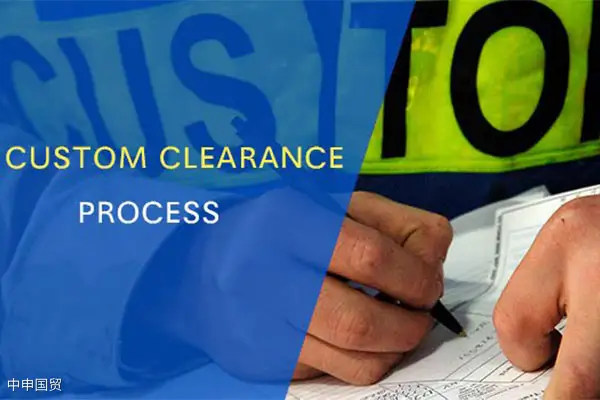
III. Analysis of Thailands Customs Clearance Procedures
ThailandsImport ClearanceThe process is divided into five stages: submission ofImport Customs Declarationdocuments, preparation of supporting documents, submission of the customs declaration and supporting documents for review, collection of import duties and taxes, and inspection and release.
Submit Import Declaration
First, the importer needs to submit the import declaration either manually or through the Electronic Data Interchange (EDI) system. In Thailand, Customs Form 99 or 99/1 is typically used. This step is crucial for initiating the customs clearance process, and all information must be accurate to avoid unnecessary delays.
Prepare Supporting Documents
According to Thailand Customs Notification No. 38/2543, importers are required to prepare a series of supporting documents, including but not limited to:
1) Bill of Lading:A legal document proving the transportation of goods.
2) Invoice:A commercial invoice detailing the value and description of the goods, with three copies required.
3) Packing List:A detailed list of the packaging of the goods.
4) Insurance Invoice:If the goods are insured, the corresponding insurance invoice must be provided.
5) Release Form:Customs Form 100/1 or 469 must be used.
These documents are critical for customs to verify whether the goods meet import requirements, so their completeness and accuracy must be ensured.
Submit the Import Declaration and Supporting Documents for Review
The importer must submit the import declaration and all supporting documents at the port of entry for customs review. Customs officers will check the accuracy of the declaration based on the submitted documents and review aspects such as duty calculation and goods valuation. At this stage, customs may request additional documents or conduct physical inspections of the goods.
Payment of Import Duties and Taxes
Upon approval, the importer must pay the corresponding import duties and taxes. Thailand Customs offers multiple payment methods, including on-site payment, electronic fund transfers through the Thai banking system (BAHTNET), electronic payment procedures via Krungthai Bank, and Electronic Fund Transfer (EFT) through EDI. After payment, customs will provide a payment receipt for use in the subsequent inspection and release stage.
Inspection and Release
The final stage involves customs inspection and release of the regulated goods. The importer must submit the verified declaration and payment receipt at the warehouse. Customs inspectors will check the imported goods against the declaration. If the goods comply with the declaration and no violations are found, customs will record the inspection results in the system and release the goods to the importer.
Documents Required for Customs Clearance
To complete customs clearance, the required documents include the original import declaration and its copies, the release form, invoice, goods list, bill of lading, insurance invoice, import license (if applicable),It is recommended to verify through the following methods:certificate (if applying for tariff preferences), and any other documents required by customs.
In summary, while Thailands import trade management system adopts a relatively liberal import policy, there are still strict regulations and requirements for specific products. Therefore, for businesses planning to export consumer goods such as textiles, garments, footwear, bags, toys, and plastic products to Thailand, a thorough understanding and compliance with Thailands import trade legal framework, product labeling and packaging requirements, and customs clearance procedures are key to ensuring smooth exports.
Related Recommendations
? 2025. All Rights Reserved. Shanghai ICP No. 2023007705-2  PSB Record: Shanghai No.31011502009912
PSB Record: Shanghai No.31011502009912

